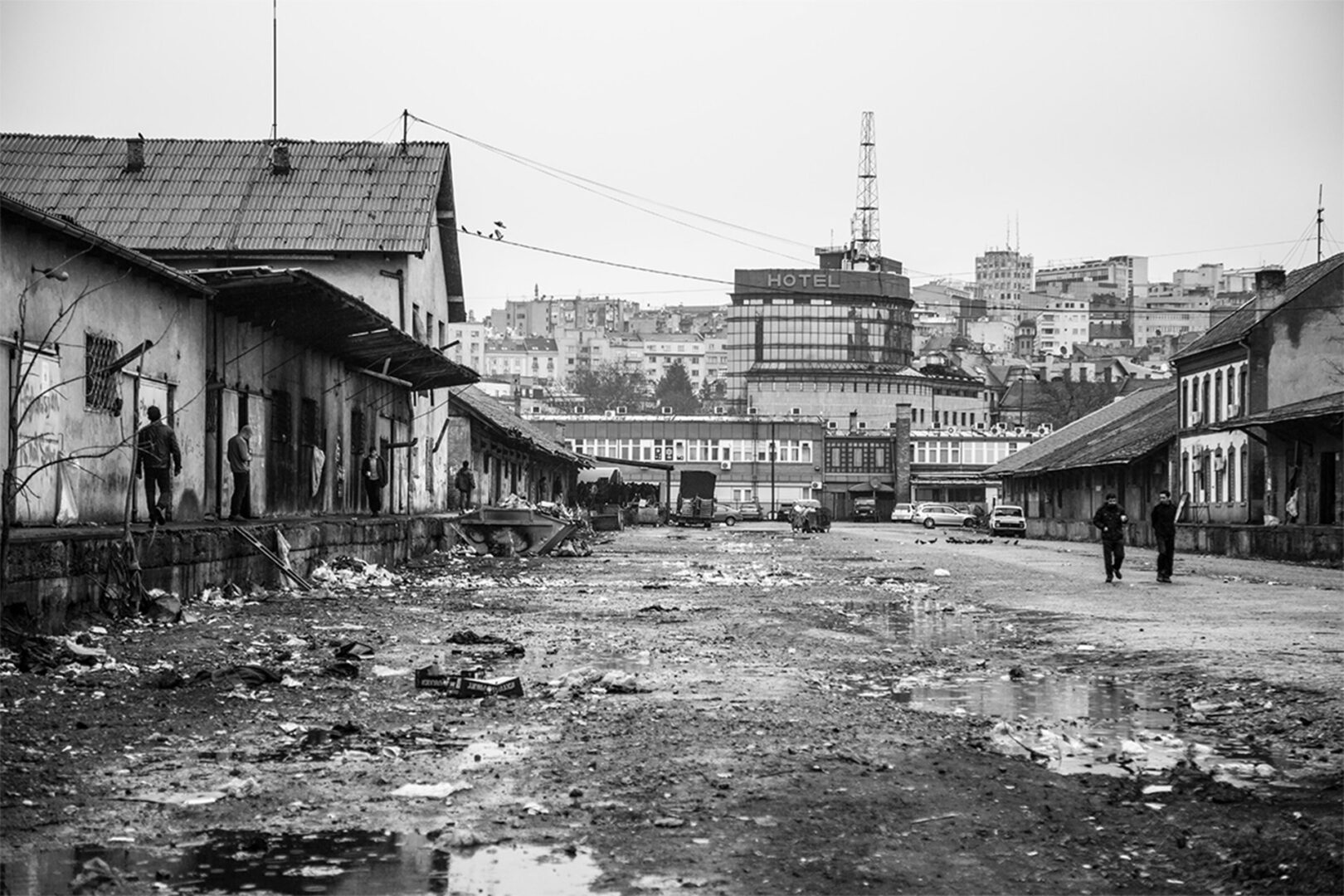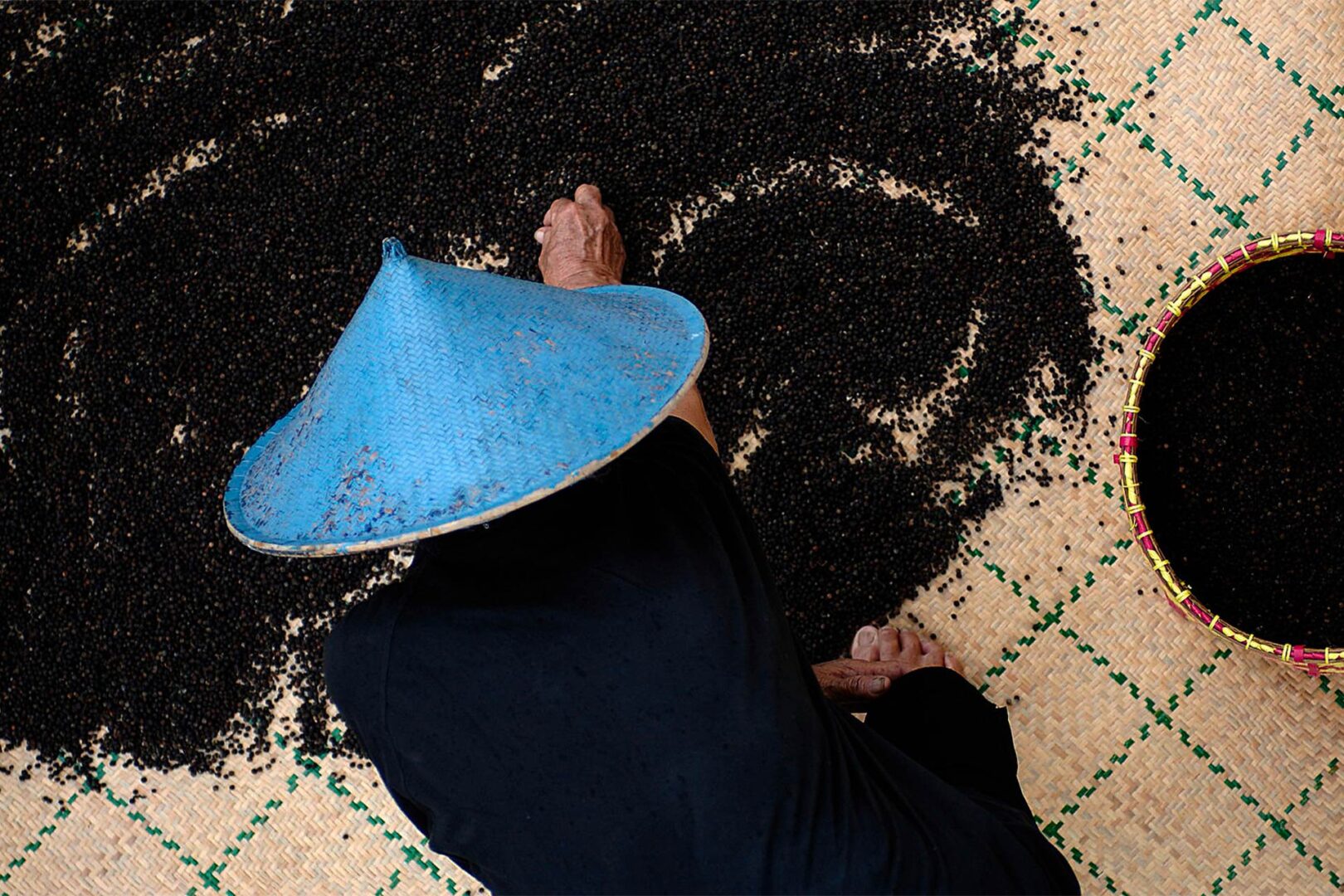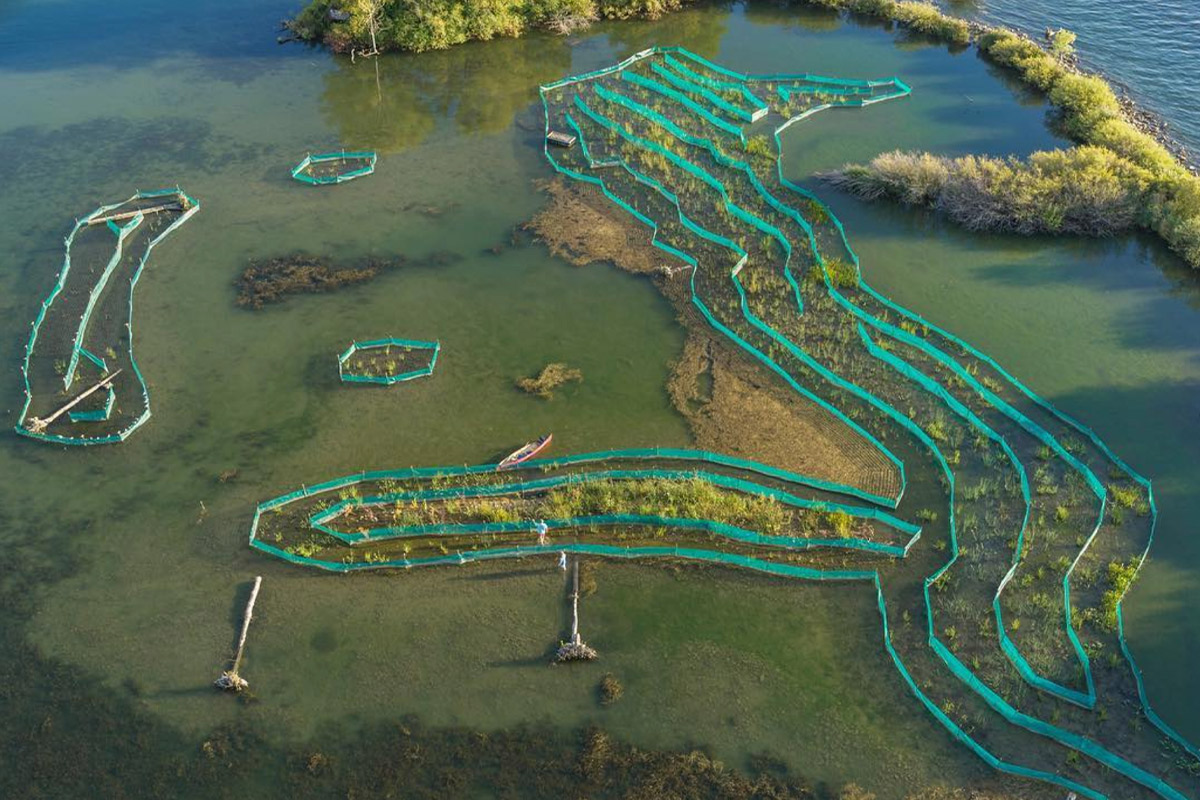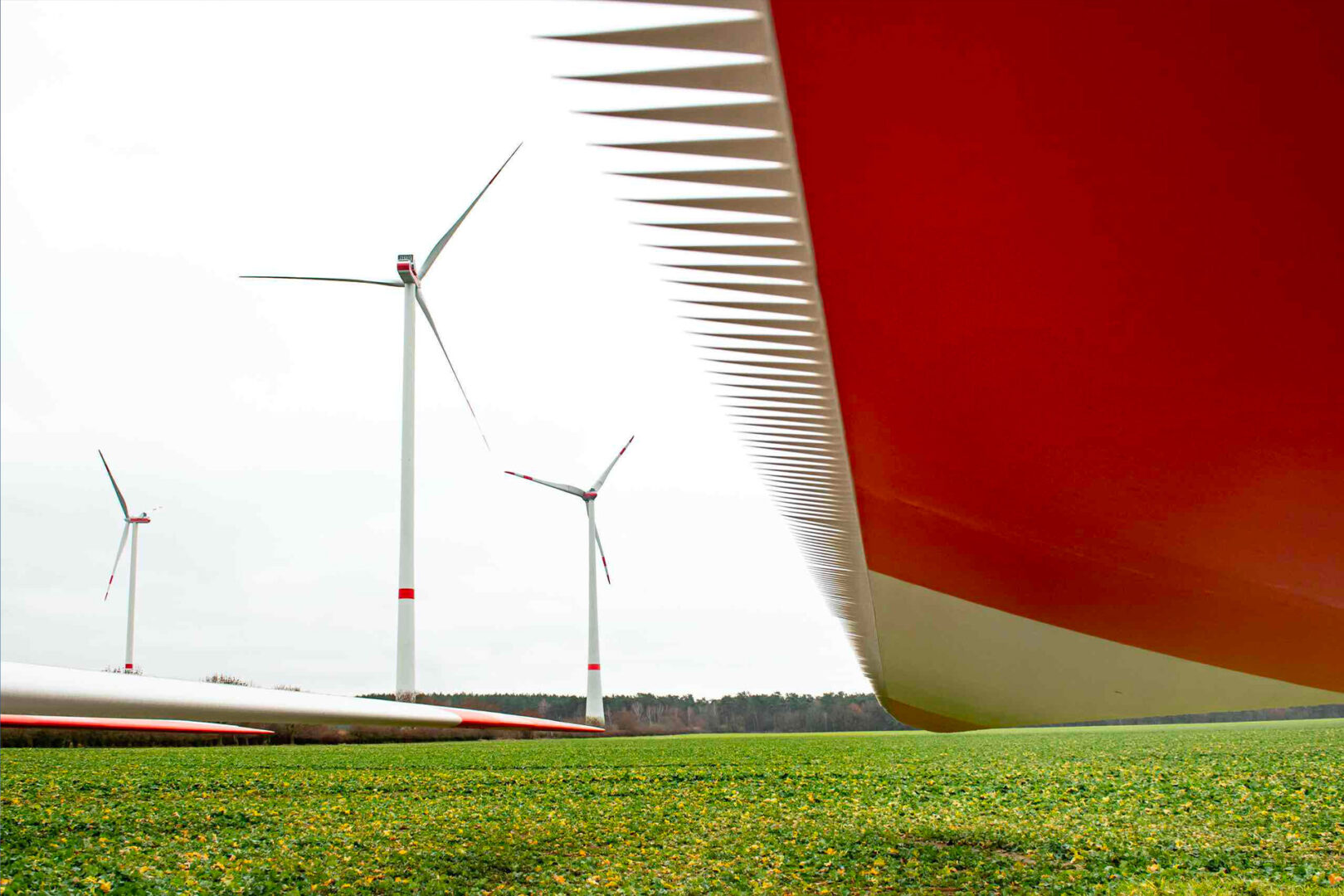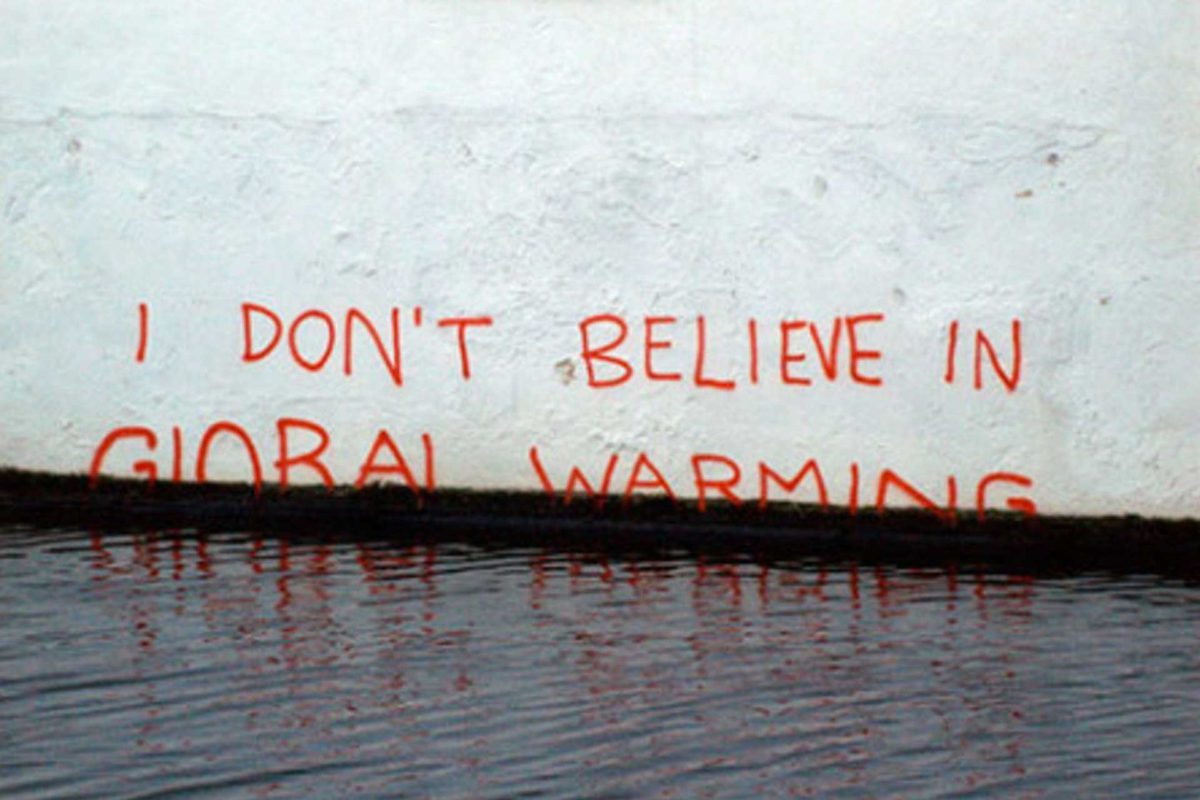Roberta Fabbrocino
2021 was the 10th consecutive year that carbon dioxide rose by more than two parts per million, with an increase of two-point-sixty-six ppm over the 2020 average
Climate change – Twenty of the richest billionaires are estimated, on average, to be emitting as much as 8,000 times more carbon than the billion poorest people
In January 2022, the UK Government allowed the use of the banned bee-harming neonicotinoid pesticide thiamethoxam on sugar beets for the second year running
Climate change is contributing to humanitarian crises where climate hazards interact with high vulnerability, and it is driving displacement
Textile companies could reduce Scope 3 emissions by using renewable inputs such as solar, hydroelectric, and geothermal. At least, this is what is required from the luxury brands
Like archives, glaciers store microbiological and viral data that can help scientists to predict our future climate thanks to new knowledge about ancient ecosystems
By 2050, the aviation sector intends to cut its net CO2 emissions to half of what they were in 2005, while exploring strategies to reach net zero emissions by 2060-65
Clients know where their electric power comes from. Although Berliner Stadtwerke is not a large company using eco certificates to provide green power, it’s one-hundred percent solar and wind powered
Purchasing carbon credits can be part of a corporate climate strategy when a company isn’t able to neutralize its emissions due to technological limitations or prohibitive costs
In Europe, Fibre-based packaging is contributing to the circular biobased economy, as eighty-four point six percent of paper and board packaging is recycled


